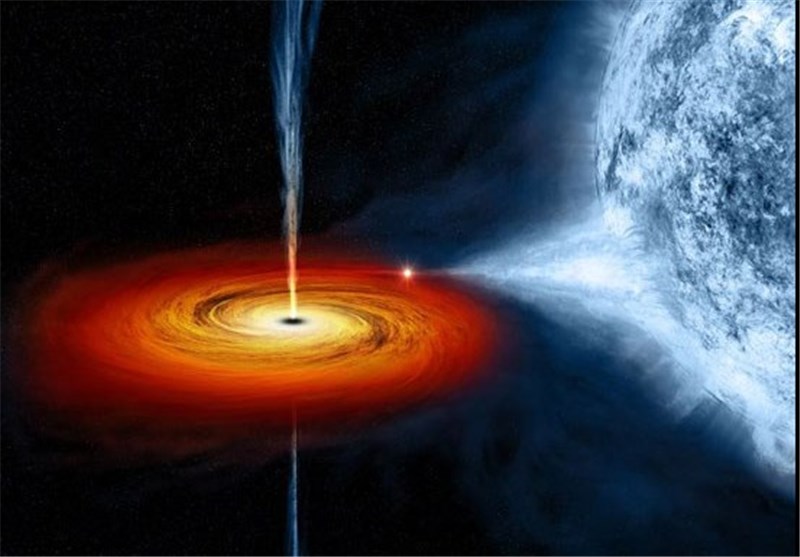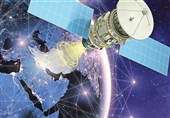Do Black Holes Have A Back Door?
TEHRAN (Tasnim) – One of the biggest problems when studying black holes is that the laws of physics as we know them cease to apply in their deepest regions.
Large quantities of matter and energy concentrate in an infinitely small space, the gravitational singularity, where space-time curves towards infinity and all matter is destroyed. Or is it? A recent study by researchers at the Institute of Corpuscular Physics (IFIC, CSIC-UV) in Valencia suggests that matter might in fact survive its foray into these space objects and come out the other side.
Published in the journal Classical and Quantum Gravity, the Valencian physicists propose considering the singularity as if it were an imperfection in the geometric structure of space-time. And by doing so they resolve the problem of the infinite, space-deforming gravitational pull.
"Black holes are a theoretical laboratory for trying out new ideas about gravity," says Gonzalo Olmo, a Ramón y Cajal grant researcher at the Universitat de València (University of Valencia, UV). Alongside Diego Rubiera, from the University of Lisbon, and Antonio Sánchez, PhD student also at the UV, Olmo's research sees him analyzing black holes using theories besides general relativity (GR).
Specifically, in this work he has applied geometric structures similar to those of a crystal or graphene layer, not typically used to describe black holes, since these geometries better match what happens inside a black hole: "Just as crystals have imperfections in their microscopic structure, the central region of a black hole can be interpreted as an anomaly in space-time, which requires new geometric elements in order to be able to describe them more precisely. We explored all possible options, taking inspiration from facts observed in nature."
Using these new geometries, the researchers obtained a description of black holes whereby the center point becomes a very small spherical surface. This surface is interpreted as the existence of a wormhole within the black hole. "Our theory naturally resolves several problems in the interpretation of electrically-charged black holes," Olmo explains. "In the first instance we resolve the problem of the singularity, since there is a door at the center of the black hole, the wormhole, through which space and time can continue."
This study is based on one of the simplest known types of black hole, rotationless and electrically-charged. The wormhole predicted by the equations is smaller than an atomic nucleus, but gets bigger the bigger the charge stored in the black hole. So, a hypothetical traveler entering a black hole of this kind would be stretched to the extreme, or "spaghettified," and would be able to enter the wormhole. Upon exiting they would be compacted back to their normal size.
Seen from outside, these forces of stretching and compaction would seem infinite, but the traveler himself, living it first-hand, would experience only extremely intense, and not infinite, forces. It is unlikely that the star of Interstellar would survive a journey like this, but the model proposed by IFIC researchers posits that matter would not be lost inside the singularity, but rather would be expelled out the other side through the wormhole at its center to another region of the universe.
Another problem that this interpretation resolves, according to Olmo, is the need to use exotic energy sources to generate wormholes. In Einstein's theory of gravity, these "doors" only appear in the presence of matter with unusual properties (a negative energy pressure or density), something which has never been observed. "In our theory, the wormhole appears out of ordinary matter and energy, such as an electric field" (Olmo).
The interest in wormholes for theoretical physics goes beyond generating tunnels or doors in space-time to connect two points in the Universe. They would also help explain phenomena such as quantum entanglement or the nature of elementary particles. Thanks to this new interpretation, the existence of these objects could be closer to science than fiction.





